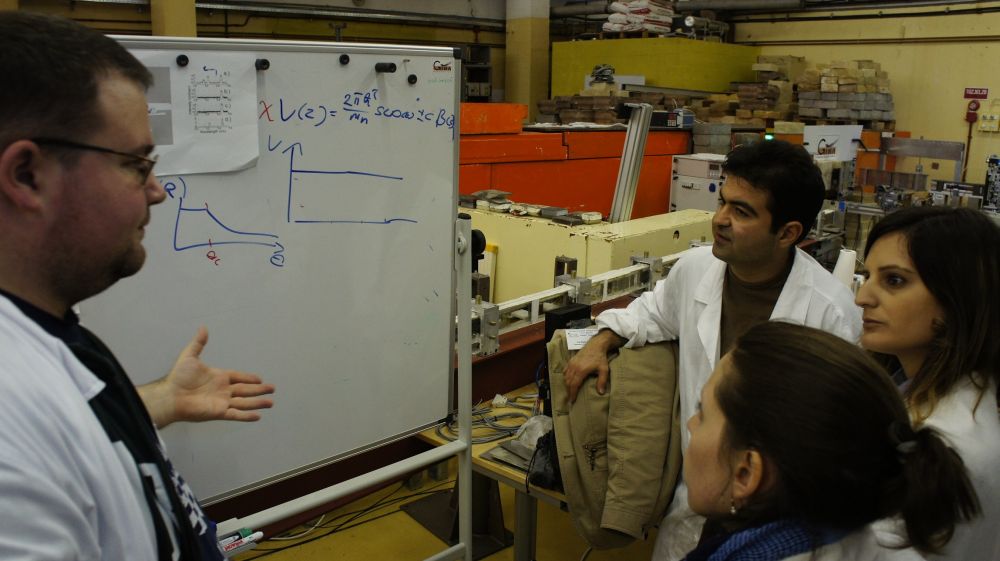User group leader: Duncan Atkins
https://www.ill.eu/instruments-support/labs-facilities/
Venue: BNC, Hungary
Recovered objects from Berezina and Waterloo have resulted in the historian’s needs for further characterization to obtain otherwise hitherto unknown information, for example, their provenance from chemical composition analysis. Battle-field historians can also use such identification methods when drawing-up cartographies of army formations where lines of fire and final resting positions of shot balls can give valuable details. A set of lead balls have already undergone PGAA at NPI and results showed that there was a compositional difference between Waterloo and Berezina balls, thus provoking the question: was this difference due to actual chemical properties of the original artefacts (thus possibly due to ores used and/or fabrication methods) or where they the results surface contamination and inherent in the bulk PGAA method used? We wished to carry out tests at BNC on cleaned and uncleaned balls from Waterloo to understand previous results/hypotheses.
4 cleaned and 6 uncleaned Waterloo lead balls were tested by PGAA along with an unleaned ball from Berezina. Results seemed to confirm the initial idea that surface contamination was indeed an important part of the chemical makeup of the uncleaned balls. It is postulated from results at BNC that Si and Al are environmental contamination (soil minerals from rocks, e.g Quartz (SiO2) & Feldspar (KAlSi3O8)). Cl is also more than likely to be contamination forming with lead to produce PbCl2 and harder to remove from balls as with only ultrasonic cleaning. The same is also very probable for S, forming lead sulfide (PbS) and lead sulphate (PbSO4), and for Iron (5% by weight average crustal abundance), where Ferric hydroxide (FE(OH)3) can be found in mineralized forms in for instance goethite and hematite. If we, therefore, discount these elements, we found significant Sn and As content in the Berezina ball and a much higher Cu content in Waterloo balls as well as Ag and Sb at levels not present in the Berezina ball.
These results were very positive, firstly for validating the use of PGAA for lead ball samples with acceptable uncertainty levels in the measurements and secondly to validate the possibility of provenance/battlefield differentiation of the lead balls. Further work is needed to expand the sample population for statistical purposes, and corroborative measures such as XRF would be welcome.

